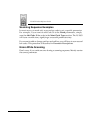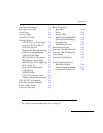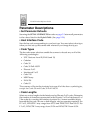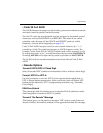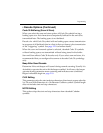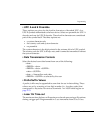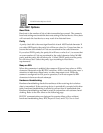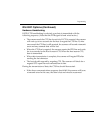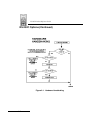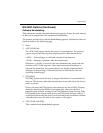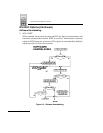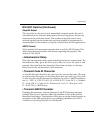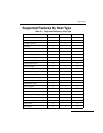
2-10
LS 3603 Product Reference Guide
•RS-232C Options
Baud Rate
Baud rate is the number of bits of data transmitted per second. The scanner's
baud rate setting must match the data rate setting of the host device. If not, data
will not reach the host device or may reach it in distorted form.
Parity
A parity check bit is the most significant bit of each ASCII coded character. If
you select ODD parity, the parity bit will have a value 0 or 1, based on data, to
ensure that an odd number of 1 bits are contained in the coded character.
If you select EVEN parity, the parity bit will have a value 0 or 1, to ensure that
an even number of 1 bits are contained in the coded character. Select MARK
parity and the parity bit will always be 1. Select SPACE parity and the parity
bit will always be 0. Select the parity type according to host device
requirements.
Beep on BEL
When this parameter is enabled, the scanner will issue a beep when a <BEL>
character is detected on the RS-232C serial line. <BEL> is issued to gain a user’s
attention to indicate an illegal entry or other important event. When the
scanner is configured for low power operation, it will not respond to BEL
characters in between decode attempts.
Hardware Handshaking
Hardware handshaking checks the readiness of the receiving device before
data is transmitted. If the receiving device is periodically occupied with other
tasks, hardware handshaking is needed to prevent loss of transmitted data.
Hardware handshaking may not be used in conjunction with software hand-
shaking. Refer to the flow chart on the following page.
RS-232C communications are designed to operate either with or without
hardware handshaking lines, RTS,
Request to Send
, and CTS,
Clear to Send
.



